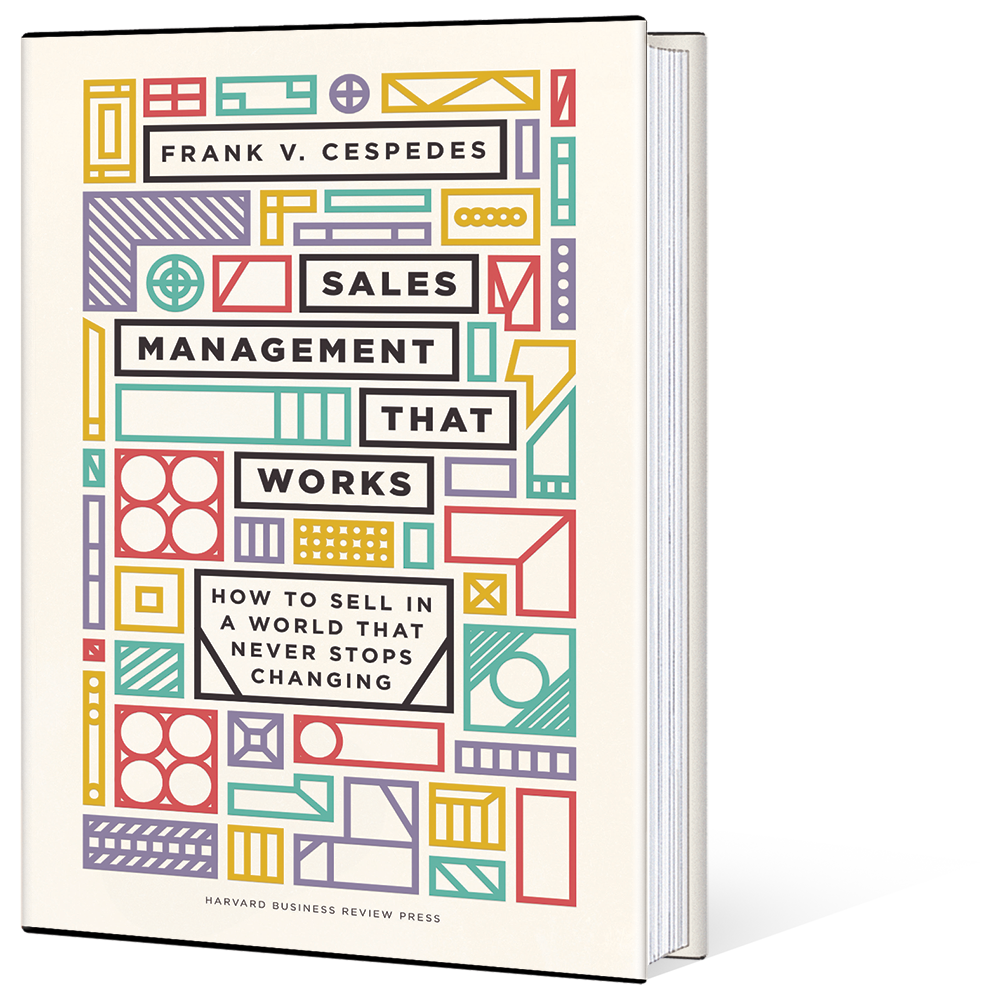Please note that this article was originally published in Top Sales Magazine January 2021.
Consider these stats: Average turnover in sales across industries ranges from 20% to 30% annually, meaning that at
many companies the equivalent of the entire sales force must be hired and
trained every 3 -5 years.
Depending upon the position, it takes 3 -4 months to hire a salesperson and, once hired, getting to full productivity now takes,
across industries, more than 9 months. Each hire is now a bigger sunk cost for a longer time and a
bad hire is costly. Replacing a telesales employee ranges from $75,000 $90,000 and in sectors
like medical devices, capital equipment, and professional services, replacement
expenses, counting both direct and opportunity costs, are $1 million or more.
In the aggregate, hiring in sales is as or more expensive than many companies’ capex decisions. But it rarely gets the same attention and companies fail to deal with challenges inherent in sales hiring. Unlike many other business
functions, there is no easily identified resource pool or educational priors for sales positions.
If you’re looking for an engineer, you can go to an engineering school and find people who have
studied electrical engineering, chemical engineering, and so on. For an accountant, finance person
or software developer, you can find majors in those subjects. But few colleges and
universities have sales programs or even a sales course.
Meanwhile, more than 50% of U.S. college graduates, regardless of their majors, will work in
sales at some point in their careers. (And remember: whatever you call them, business development
is what many associates, partners, and vice presidents do daily.) Most salespeople start
with little preparation and must learn-by-doing on the job. Also, unlike GAAP principles
in accounting or an NPV calculation in finance, selling jobs vary greatly depending on the
product or service sold, the customers a salesperson is responsible for, and the relative importance of technical knowledge
during sales calls.
In dealing with these hiring challenges, avoid two common mistakes:
Hunters versus Farmers: Sales roles are far more diverse than that dichotomy. Consider
the difference between reps who sell direct to customers versus those who sell
thru channel partners. Or those who work in highlyautomated inside sales models focused on
SMB prospects versus those who call on enterprise accounts. Or those who sell individual products
versus a bundled package solution. Or those who sell multiyear software license
agreements versus monthly softwareasaservice contracts.
The Hunter/Farmer dichotomy is of little use in setting hiring criteria between those roles. In
fact, hunters and farmers are, in my experience, usually used by managers as posthoc
rationalizations for their hiring choices, not exante hiring criteria. Make sure your managers
have relevant criteria before they make an offer.
Chasing Stars: Differences in individual sales performance are very wide in most firms.
The top 20% of salespeople often account for 5060% of their company’s revenues. If 20%
of your salespeople are making 60% of revenue, that’s a 3X multiplier; and since the remaining
80% bring in only 40% of revenue, the top sellers are 6X more productive than their
peers. Sales is like other creative occupations where the stardom phenomenon
is well documented. In areas like software programming, the arts, sports and others, the best
are typically a lot better than the average. Performance profiles in those areas are (in statistics
jargon) a “power distribution curve,” not a normal distribution bell curve.
However, stardom is not easily portable because it typically depends upon firm-specific qualities
and resources—e.g., brand, training, team chemistry, and
other factors—as well as individual capabilities. This is especially true in sales where tasks are
determined by a firm’s business strategy and choices about which customers to focus on.
In turn, selling behaviors are affected by your control systems and culture as well as how you
hire. Those are all firm specific factors.
Hence, when you hire a star from another firm, she leaves all of that behind. Talk to the
corporation who hires the star Sales VP from a competitor and finds that she doesn’t perform here
the way she performed there. Or consider startups who bring in an experienced big company rep and
he flounders in the early stage firm. Those people didn’t suddenly get stupid or lose individual
capabilities. In business, there’s no such thing as performance in the abstract. There is only
performance in a given context—here, not there—and much of selling depends upon the relationships,
knowledge, and mutual trust that the rep establishes with others in his or her company.
Sales is a performance art, salespeople exhibit a wide range in performance outcomes, and
those outcomes depend upon innate talent as well as the context in which that talent is
nurtured and deployed. Further, the effects of talent management are cumulative as people
learn from each other. Reps get better by watching how the best of their peers perform key
tasks. They pick up lessons about how to pitch, answer objections, and other aspects of selling
that product at that price in that market. This is one reason why ride alongs, coaching,
reviews and best practice dissemination are so important in sales management. And it’s
why, in seeking profitable growth after the pandemic, there are few things worthy of more
attention by senior executives than their company’s sales hiring
practices.

